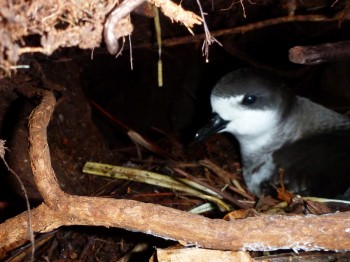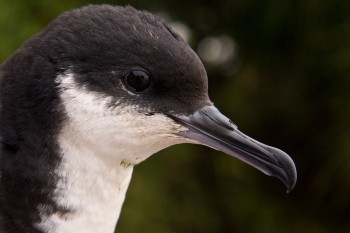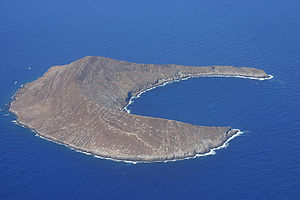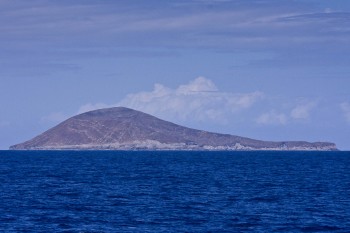Tim Doherty (Centre for Integrative Ecology, Deakin University, Geelong, Australia;) and colleagues published last year in the Proceedings of the National Academy of the Sciences of the United States of America on a global analysis of the effects of invasive mammalian predators stating that “cats, rodents, dogs, and pigs have the most pervasive impacts, and endemic island faunas are most vulnerable to invasive predators”.
The paper’s abstract follows:
“Invasive species threaten biodiversity globally, and invasive mammalian predators are particularly damaging, having contributed to considerable species decline and extinction. We provide a global metaanalysis of these impacts and reveal their full extent. Invasive predators are implicated in 87 bird, 45 mammal, and 10 reptile species extinctions—58% of these groups’ contemporary extinctions worldwide. These figures are likely underestimated because 23 critically endangered species that we assessed are classed as “possibly extinct.” Invasive mammalian predators endanger a further 596 species at risk of extinction, with cats, rodents, dogs, and pigs threatening the most species overall. Species most at risk from predators have high evolutionary distinctiveness and inhabit insular environments. Invasive mammalian predators are therefore important drivers of irreversible loss of phylogenetic diversity worldwide. That most impacted species are insular indicates that management of invasive predators on islands should be a global conservation priority. Understanding and mitigating the impact of invasive mammalian predators is essential for reducing the rate of global biodiversity loss."
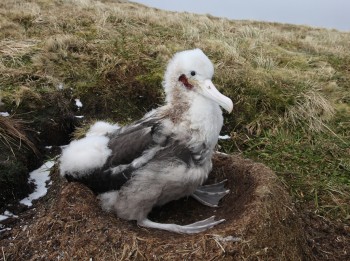
A globally Critically Endangered Tristan Albatross chick attacked by House Mice on Gough Island, photograph by Peter Ryan
Read more here.
Reference:
Doherty, T.S., Glen, A.S., Nimmo, D.G., Ritchie, E.G. & Dickman, C.R. 2016. Invasive predators and global biodiversity loss. Proceedings of the National Academy of the Sciences of the United States of America 113: 11261–11265.
John Cooper, ACAP Information Officer, 31 August 2017

 English
English  Français
Français  Español
Español 